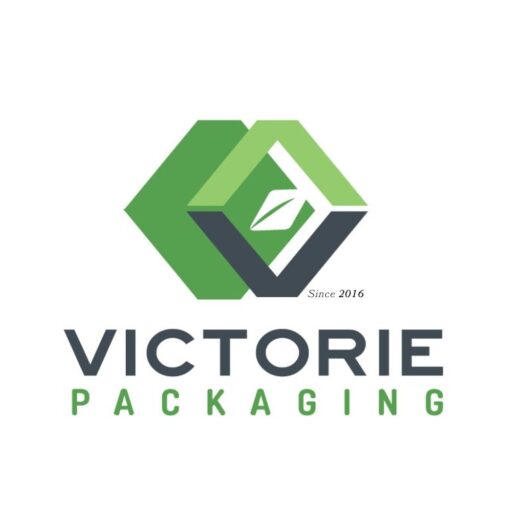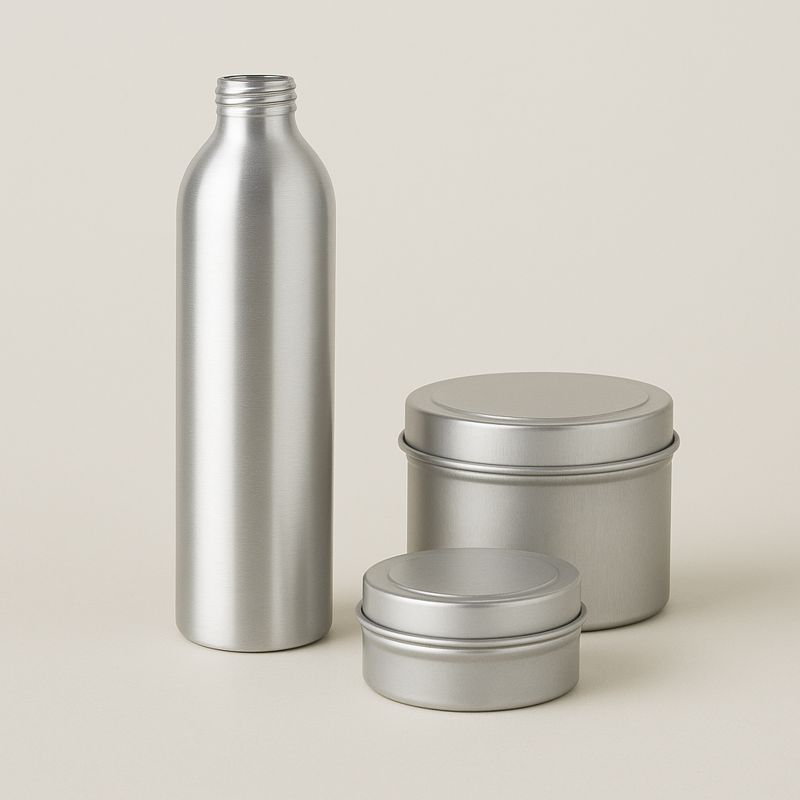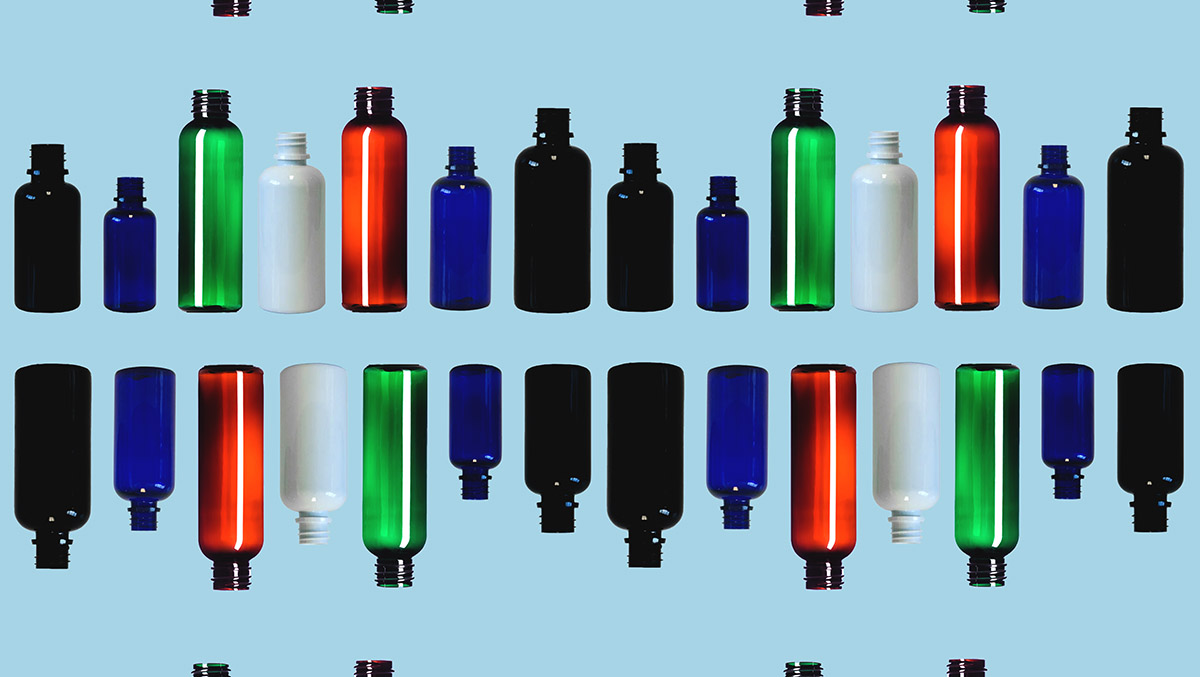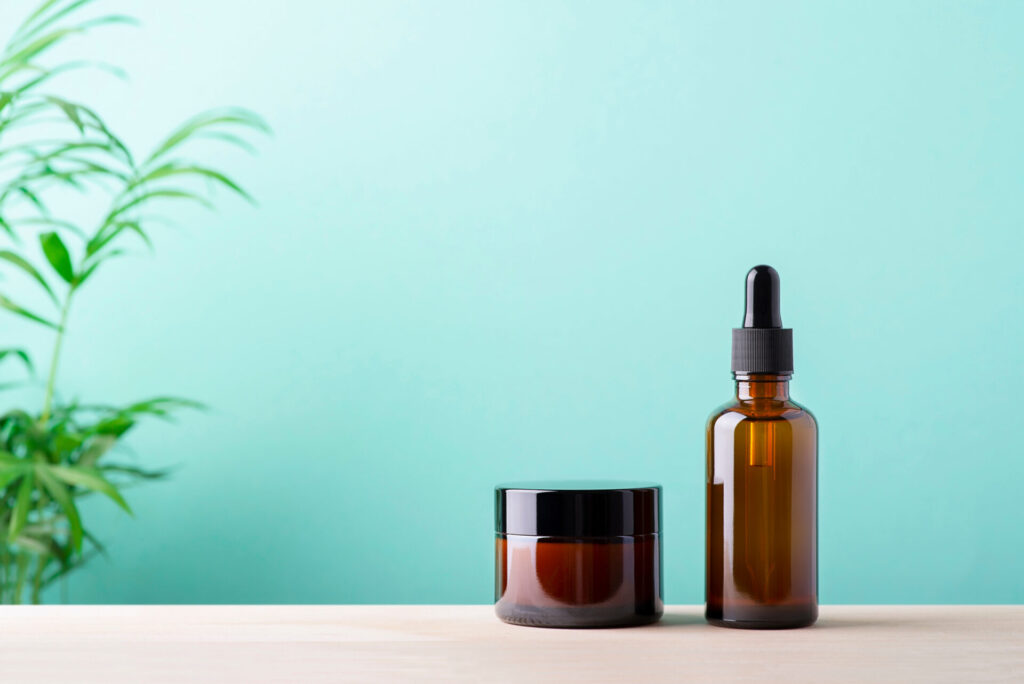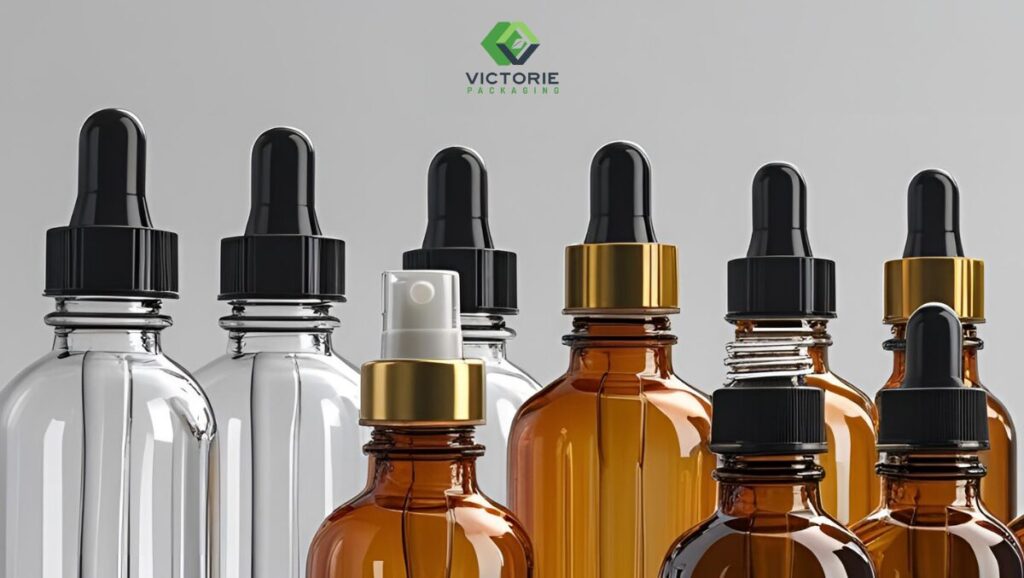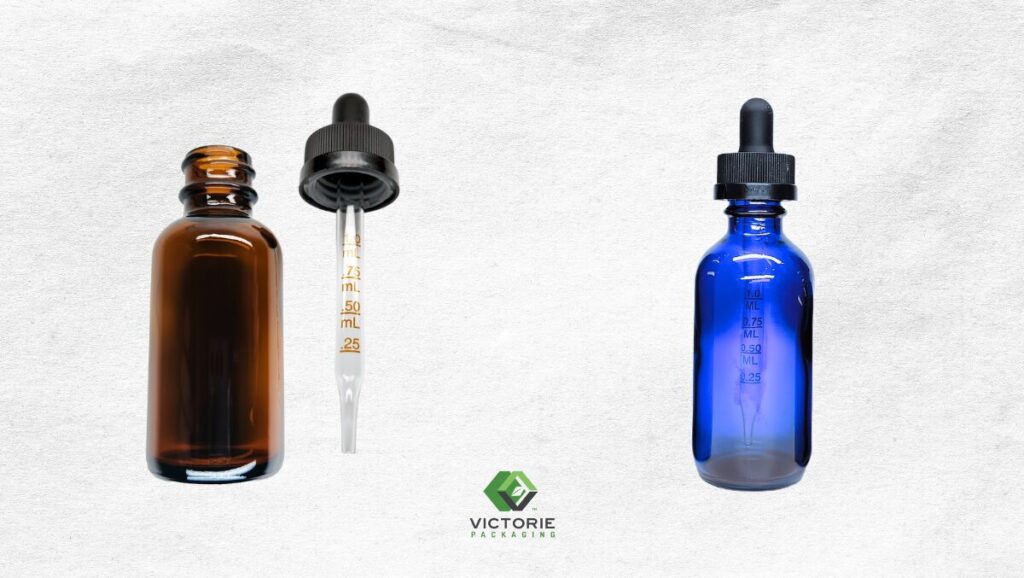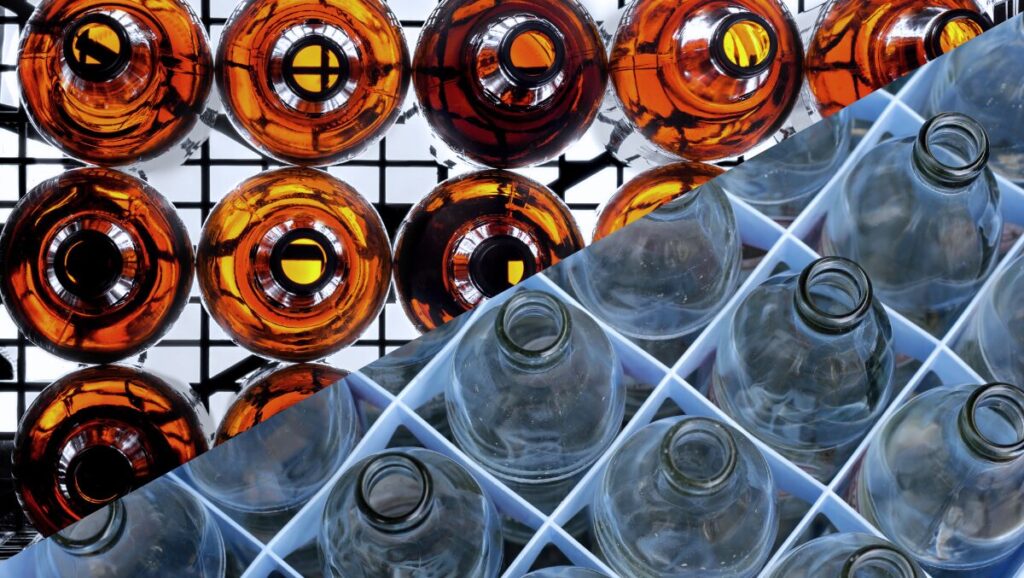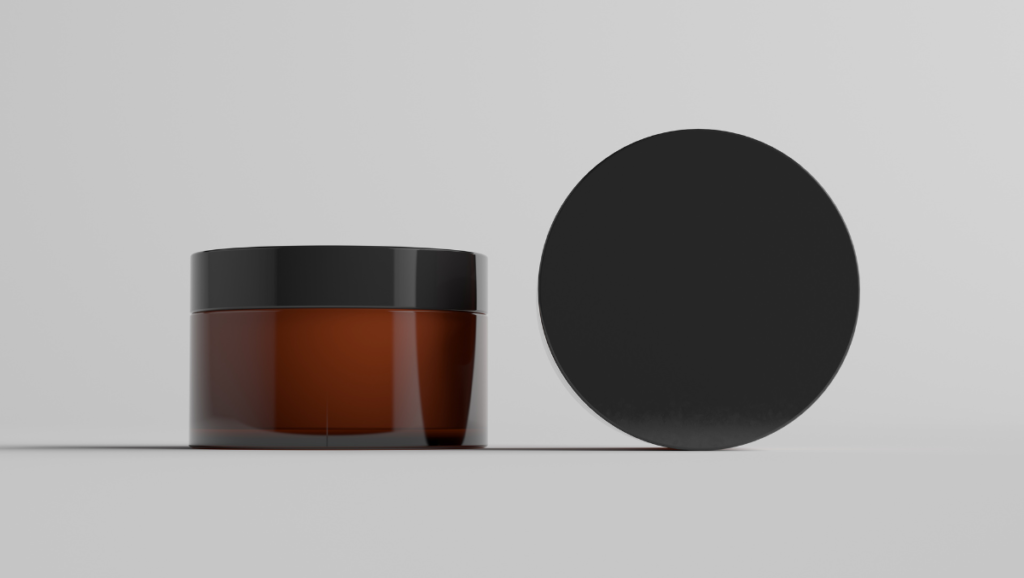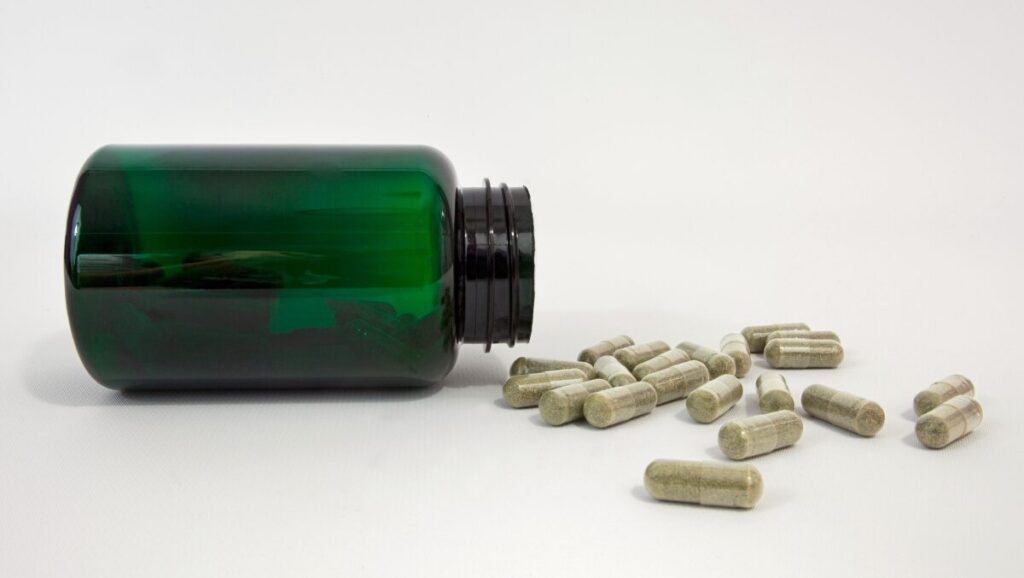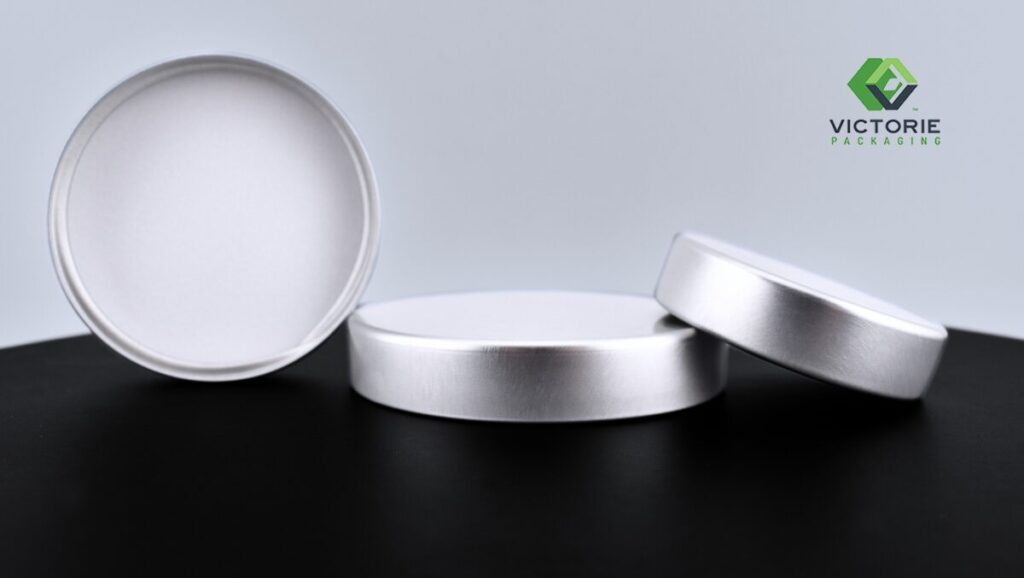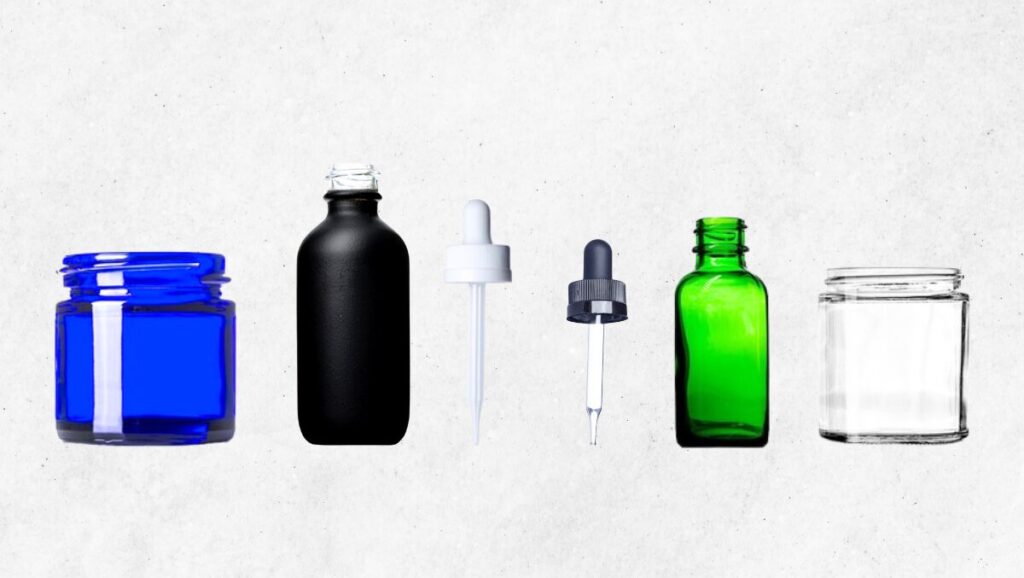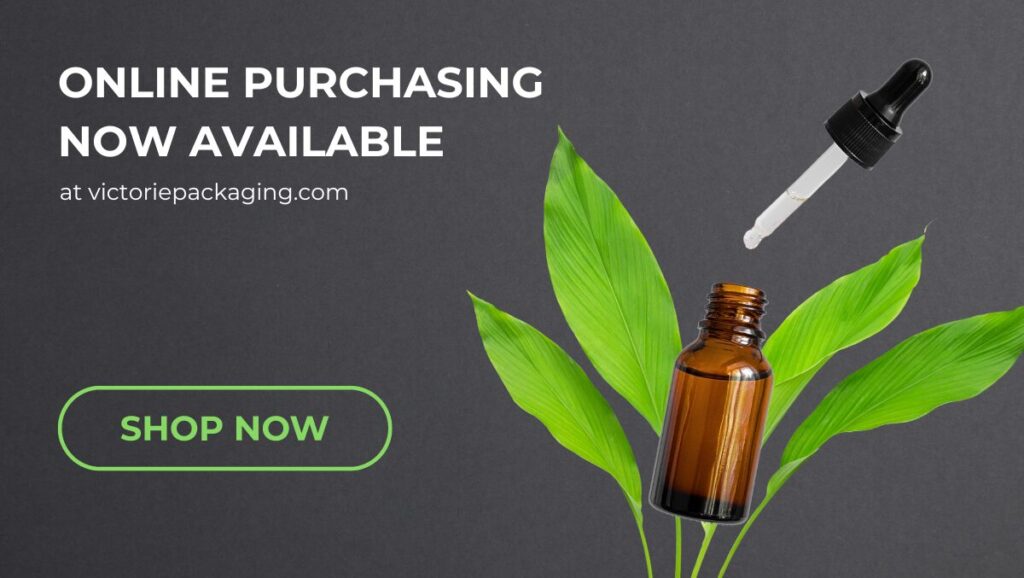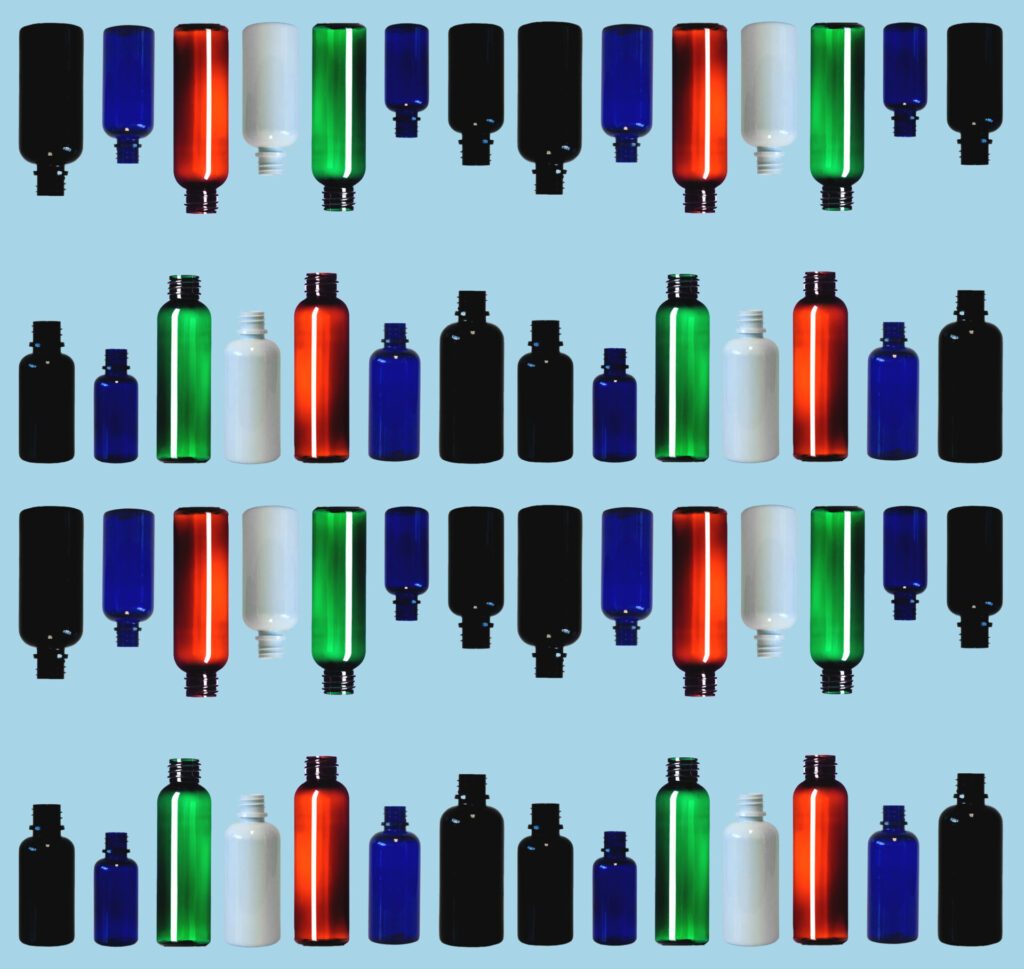
Versatitlity
Part of the awesomeness of PET is the fact that it is made with materials that can be heated down to a molten liquid. Once it’s in the molten liquid state, manufacturers can shape PET however they want, creating different types of bottles, bags and jars to hold a wide range of products. No matter what shape PET is molded into, it keeps its high strength-to-weight ratio, making them a light but mighty packaging solution.
PET is actually lighter, more durable and a more cost-effective option than glass. Unlike most glass, however, it keeps a shatterproof quality that benefits companies and consumers. Besides food and beverages, PET is also suitable for securing personal care products like essential oils, shampoos, and fragrances. PET’s flexible nature caters to an extensive array of needs, ensuring it will remain one of the top packaging choices for the foreseeable future.
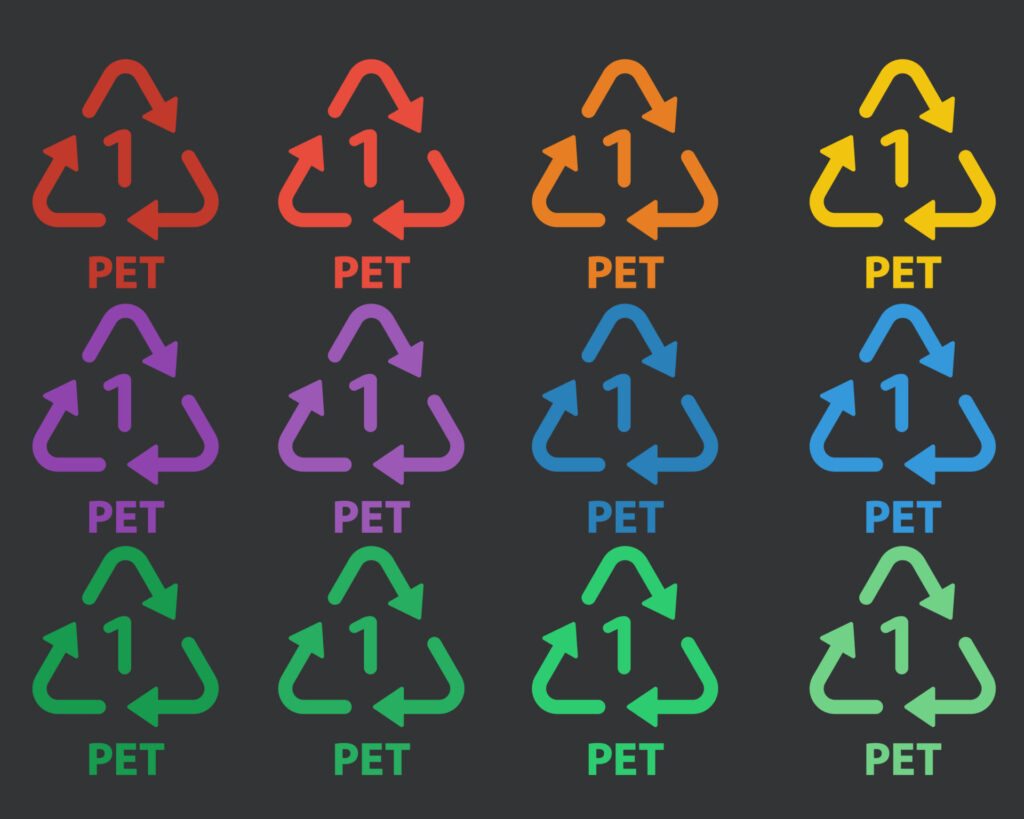
Environmental Benefits
Embracing PET goes beyond functionality; it extends a helping hand to our planet as it is made to be remade. Single-use plastics put a strain on our efforts to create a more eco-friendly environment, but PET is an advancement. It can be recycled over and over again no matter what its purpose was before. Instead of being thrown in a landfill, a PET water bottle’s 100% recyclability rate allows it to be recycled, broken down to its natural state then reshaped into a food container or whatever else a manufacturer pleases.
This process limits the waste output of PET plastic while conserving resources. PET can also be recycled quickly and it requires less energy to do so when compared to other packaging options like glass or aluminum. This results in less greenhouse gas emissions, making PET the ideal sustainable option. According to NAPCOR, a 16.9 ounce PET bottle generates about 75% less emissions than a 12 ounce aluminum can, on average. The 16.9 ounce bottles also create 80% less solid waste when it comes time to dispose of the items. These numbers back up PET’s claim as the most environmentally-friendly packaging solution. As PET is recycled and reborn into new products, it actively participates in the circular economy, forging a path towards a greener future.
Convenience and Safety
It would be less than ideal to know your bottles or jars are just one fall away from shattering into pieces. That’s one of the many conveniences of PET: it does not break, crack or shatter. Another issue you don’t have to worry about with PET is exposure to BPA. When food or beverages are held in BPA plastics, the BPA can potentially seep into the products. BPA has the potential to leave negative impacts on the brain, and can potentially correlate to an increase in blood pressure, type 2 diabetes and heart disease. Choosing PET packaging options ensures consumers safety so they don’t have to worry about those harmful effects. It has been approved by the FDA, HealthCanada and other similar agencies across the globe.
Not only is PET safe, but it’s high strength-to-weight ratio makes it extremely convenient. The low weight reduces fuel consumption during transportation, which saves money and lowers gas emissions. The sturdiness of PET ensures it can withstand the rigors of transit, keeping products safe while minimizing the overall load on vehicles and logistics. For companies looking for eco-friendly packaging solutions that optimizes the transportation process from production to distribution, PET should be at the top of the list.
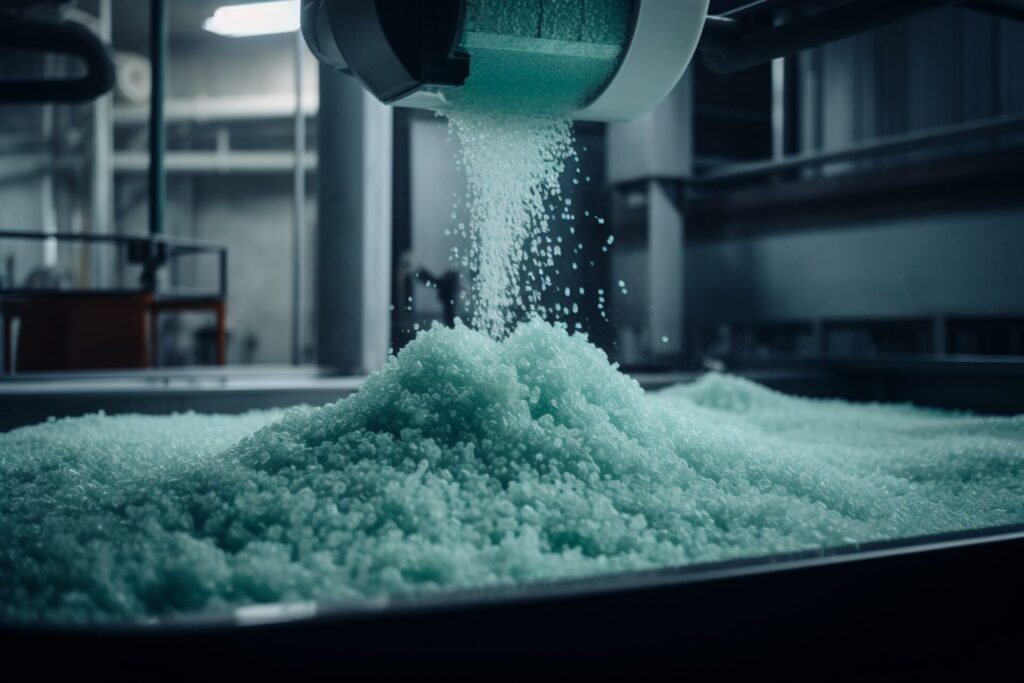
Innovations
PET has innovated itself with the emergence of recycled PET, commonly referred to as RPET. Most PET is clear, so when it is recycled and repurposed, it is most often turned back into clear bottles, jars, or other packaging items. RPET allows for much more than that, however. The raw materials of RPET makes it versatile and expands its application capabilities past simple packaging uses. REPT showcases its potential in promoting sustainability efforts across multiple sectors by transforming into pillow cushions, car mats, insulation for roof, and even clothing.
SIPA’s development of the XTREME Renew is pushing the eco-friendliness of PET to even greater heights. The XTREME Renew is a recycling system that uses about 30% less energy than conventional PET systems. It also lowered carbon dioxide emissions by nearly 80%. This is a massive step forward as greenhouse gas emissions have a massive effect in rising temperatures around the world. While the new, breakthrough system has improved the sustainability efforts of PET plastic, it also gives a boost to its aesthetics. The XTREME Renew process cuts out an entire melting phase that typically occurs when recycling PET. It usually causes yellowing in plastic, but by getting rid of the melting phase, the system ensures that recycled plastics keep their pristine, transparent look.
Conclusion
Despite its many benefits after being recycled, PET is still not biodegradable. If it’s not being recycled, it is being tossed into one of the landfills across the globe that are playing a hand in polluting the environment. It takes a combined effort from manufacturers, companies and consumers all around the world to ensure we make progress towards a greener future. Make a difference by opting for products using PET plastic, and be sure to recycle!
